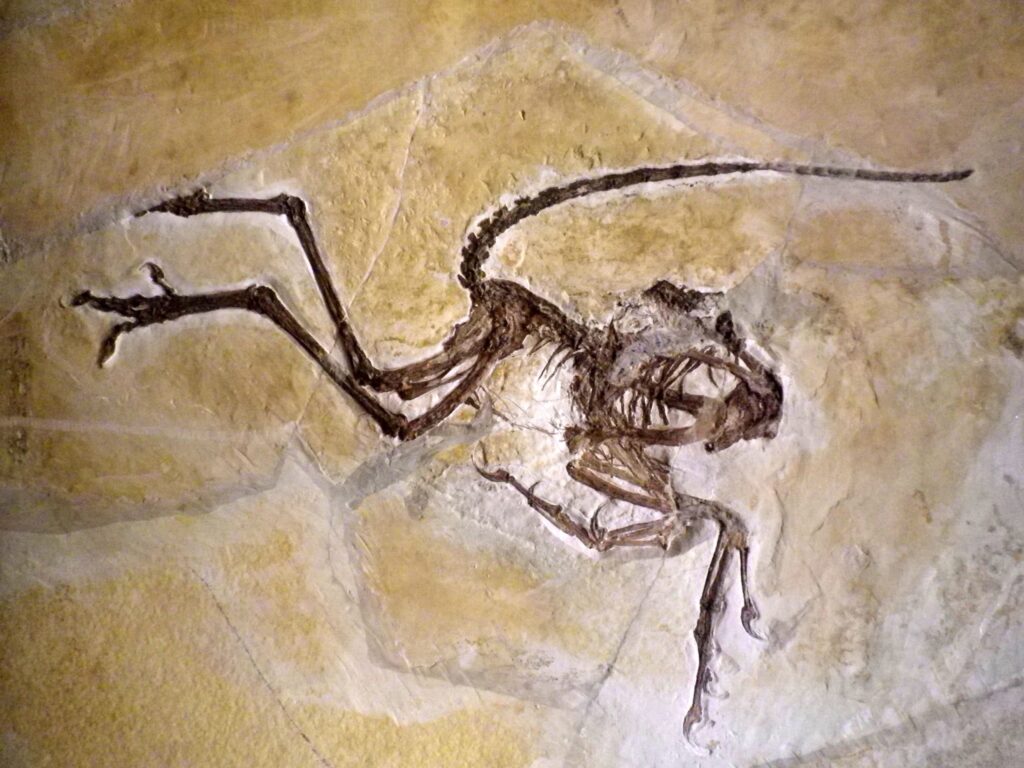Discovering a fossil in your backyard can be an exciting and unexpected event that connects you directly with Earth’s ancient past. Whether you stumble upon what appears to be a petrified bone, a shell imprint, or something else entirely, you’ve potentially made a connection with creatures that lived millions of years ago. The discovery might raise numerous questions: What exactly have you found? Is it scientifically significant? Are you legally allowed to keep it? This comprehensive guide will walk you through the proper steps to take when you see a potential fossil on your property, helping you navigate both the scientific and legal aspects of your discovery while ensuring that your find contributes to our collective understanding of prehistoric life.
Identifying Your Discovery: Is It A Fossil?

Before taking any action, it’s important to determine whether your find is genuinely a fossil or something that merely resembles one. True fossils are the preserved remains or traces of ancient organisms, typically older than 10,000 years. They form when minerals replace organic materials through a process called permineralization, or when impressions of organisms are preserved in sedimentary rock. Common characteristics of fossils include a stone-like appearance, visible biological structures such as teeth or bone patterns, and textures that differ from surrounding rocks. However, many natural formations like concretions, nodules, or uniquely eroded rocks can be mistaken for fossils. Taking clear photographs from multiple angles and measuring your find can help with later identification steps. Remember that genuine fossils typically have consistent internal structures rather than random patterns.
Document Everything About Your Find

Proper documentation of your discovery is crucial, regardless of whether you ultimately keep the fossil or donate it to a scientific institution. Begin by photographing the fossil in place before removing it, if possible. Include scale references in your photos, such as a coin or ruler, to provide size context. Document exactly where on your property the fossil was found, measuring the depth if it was buried. Note the date of discovery, surrounding soil or rock types, and any other fossils or unusual objects found nearby. Sketching a simple map of your yard with the discovery site marked can be helpful for experts who might visit later. This information creates what scientists call “provenance” – the contextual data that gives a fossil much of its scientific value. Without proper documentation, even a spectacular fossil loses significant scientific importance.
Handle With Extreme Care

Fossils can be surprisingly fragile despite their stone-like appearance, requiring careful handling to prevent damage. When extracting a fossil from soil or rock, work slowly and methodically, using appropriate tools like wooden or plastic implements rather than metal ones that could scratch or break the specimen. Avoid cleaning the fossil with water or chemicals until you’ve consulted with an expert, as improper cleaning can permanently damage delicate features. If the fossil appears fragile or is crumbling, consider stabilizing it temporarily by wrapping it in acid-free tissue paper and placing it in a container with padding. Never attempt to glue broken pieces together before professional assessment, as this could impair scientific analysis. Handle the fossil as little as possible, and when necessary, support it from underneath rather than grasping protruding features that might break off.
Contact Your Local Natural History Museum
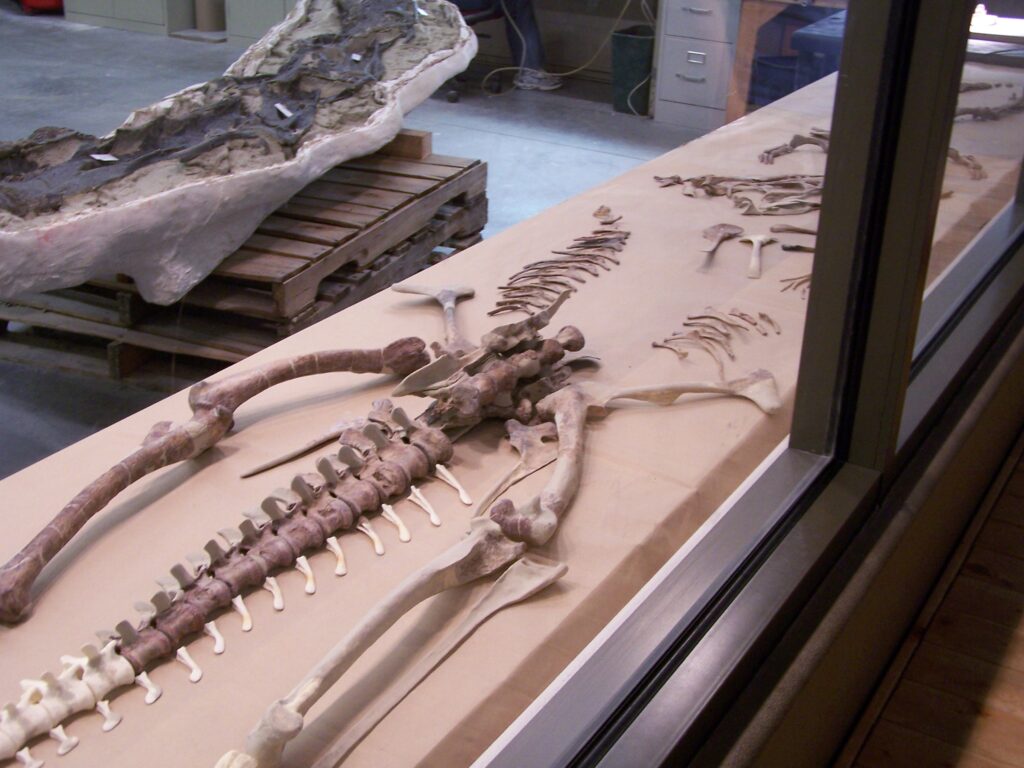
Local natural history museums are excellent resources when you’ve discovered a potential fossil, as they typically employ paleontologists who can help identify your find and advise on next steps. Most museums welcome inquiries about fossil discoveries and may offer identification services either for free or for a nominal fee. Begin by visiting the museum’s website to find appropriate contact information, usually in departments labeled paleontology, geology, or natural sciences. When reaching out, include your clear photographs and discovery documentation, but avoid bringing the actual specimen to the museum without prior arrangement. Museum staff can often provide preliminary identifications via email, advise whether your find warrants in-person examination, and guide you through any necessary legal considerations. Additionally, museums can connect you with local fossil clubs or amateur paleontology groups that might provide further assistance.
Consult With Your State Geological Survey

State geological surveys represent another valuable resource for fossil identification and guidance, with offices in every U.S. state specifically tasked with studying and documenting local geology and paleontology. These organizations employ professional geologists and paleontologists who are particularly knowledgeable about fossils commonly found in your region. They can often tell you about the geological history of your property, including whether your area was once underwater, covered by glaciers, or home to ancient forests – contexts that help explain your fossil discovery. Many state surveys maintain public education programs specifically designed to assist landowners who discover fossils. They can provide identification services, age estimates for your find, and information about similar discoveries in your area. Additionally, state surveys typically maintain records of significant fossil locations, helping place your discovery within a broader scientific context.
Understand the Legal Aspects of Your Find
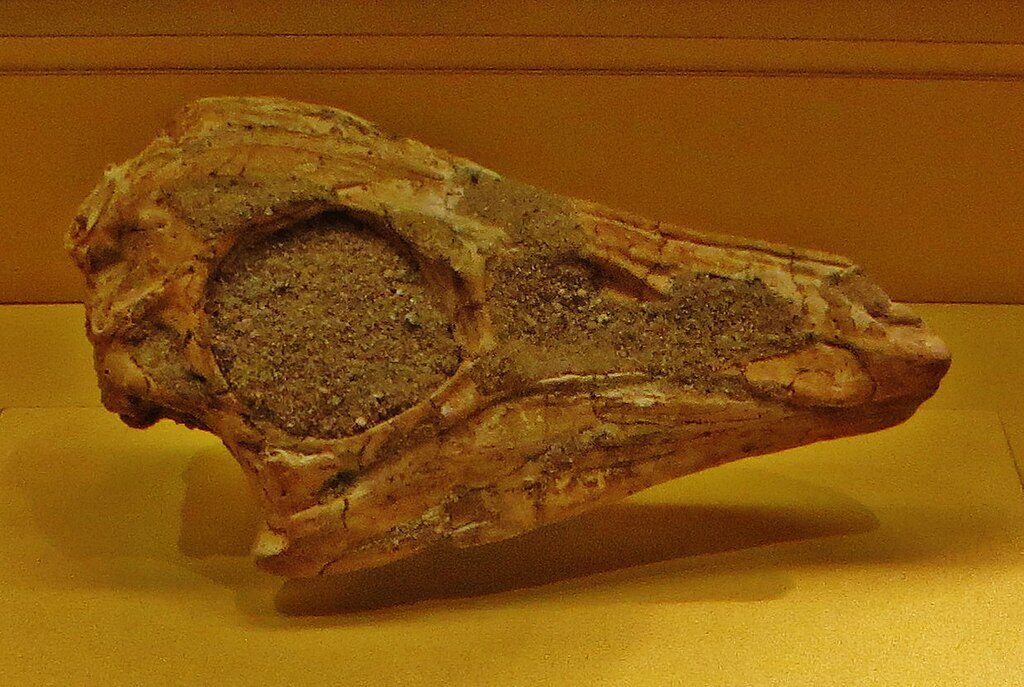
The legal status of fossils found on private property varies significantly depending on your location, making it essential to understand relevant laws before making decisions about your discovery. In the United States, fossils found on private property typically belong to the landowner, giving you legal ownership if you found the fossil in your backyard. However, this general rule has several important exceptions. Certain states have specific laws governing vertebrate fossils (those from animals with backbones) or fossils of scientific significance, potentially requiring reporting or proper curation. Native American artifacts and certain paleontological resources may be protected regardless of property ownership. Additionally, if your property borders public lands or contains designated scientifically important sites, different regulations might apply. For international readers, laws vary tremendously by country, with many nations considering fossils national property regardless of where they’re found. Consulting with a local museum or geological survey can help clarify your specific legal obligations.
Consider the Scientific Value of Your Discovery

Assessing the scientific significance of your fossil find helps determine appropriate next steps and whether professional involvement is warranted. Common fossils like certain shellfish imprints, plant fragments, or coral pieces may have limited scientific value if they’re well-documented in your region, though they still provide educational value and personal connection to prehistoric times. However, your discovery might have substantial scientific importance if it represents a rare species, shows exceptional preservation, comes from an understudied period, or contains soft-tissue impressions that rarely fossilize. Fossils showing evidence of behavior (like feeding marks, burrows, or footprints) are particularly valuable to paleontologists, as are fossils found in unusual geological contexts. Even seemingly ordinary fossils can be scientifically significant if found in locations where they haven’t been previously documented. Professional assessment is the only reliable way to determine your fossil’s true scientific value, which is why early consultation with experts is so important.
Preservation Options for Your Fossil
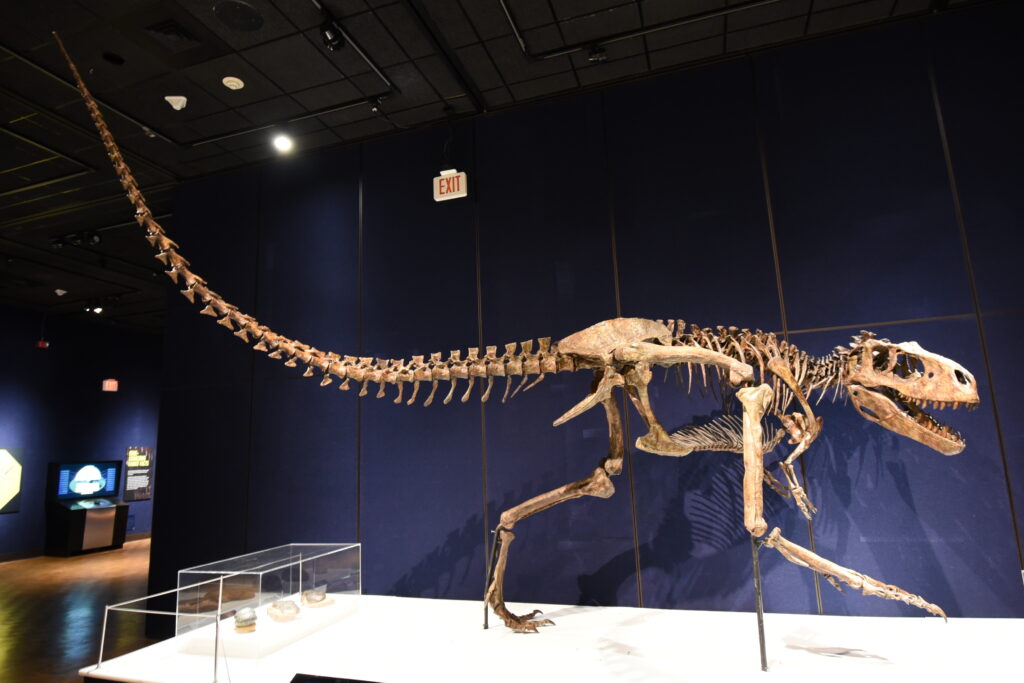
Once identified, you’ll need to decide how to preserve your fossil for the long term. For most specimens, storage in a stable environment away from direct sunlight, extreme temperature fluctuations, and high humidity is essential. Acid-free containers or display cases help prevent chemical degradation over time. If you choose to display your fossil, consider mounting it securely in a way that supports its weight evenly and protects it from accidental damage. For fossils of greater fragility or scientific significance, more advanced preservation techniques might be necessary, such as specialized consolidants that strengthen the fossil structure without damaging it. Professional preparation, while potentially expensive, can reveal hidden details and ensure long-term stability. Remember that whatever preservation method you choose should be reversible if possible, avoiding permanent alterations like varnishing or using household glues that might prevent future scientific analysis. Museums and fossil preparation labs can provide guidance specific to your specimen.
When to Consider Donations to Scientific Institutions

Donating your fossil to a museum or university collection represents a generous contribution to scientific knowledge, particularly for specimens with research value. Consider donating if your fossil has been identified as rare, scientifically significant, or particularly well-preserved. Institutions particularly value fossils with complete documentation of their discovery context, as this information dramatically increases research potential. When donating, you can typically specify whether your contribution should be used for research, public display, or educational programs. Many institutions will acknowledge significant donations through formal recognition, and some may even name newly discovered species after their donors. Tax benefits may also apply for valuable specimens donated to qualifying non-profit institutions, though professional appraisal might be required. Even if you prefer to keep your fossil, consider arranging for its eventual donation to a scientific institution in your will, ensuring its preservation beyond your lifetime and creating a lasting scientific legacy.
Joining the Larger Fossil Community
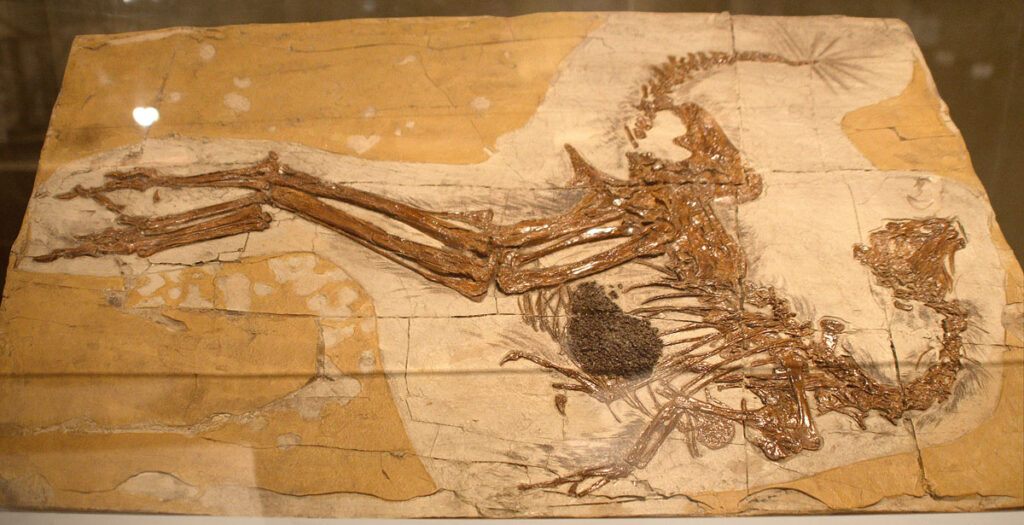
Discovering a fossil often sparks a deeper interest in paleontology, opening doors to engagement with a vibrant community of both professional and amateur fossil enthusiasts. Local fossil clubs welcome members of all experience levels and typically offer field trips, workshops, and regular meetings where you can learn identification skills and proper collection techniques. Many natural history museums sponsor volunteer programs, allowing participants to assist with fossil preparation and cataloging. Annual fossil fairs and exhibitions provide opportunities to display your finds, meet experts, and connect with fellow enthusiasts. Online forums and social media groups dedicated to amateur paleontology offer platforms to share discoveries and seek identification help. Participating in citizen science projects allows you to contribute meaningful data to ongoing research while developing your knowledge. Through these community connections, your backyard discovery can transform from an isolated find into an entry point for lifelong learning and contribution to paleontological knowledge.
The Educational Value of Your Fossil

Regardless of its scientific significance, your fossil has tremendous educational potential for families, schools, and communities. Consider sharing your discovery with local schools, where teachers might welcome the opportunity to show students a real fossil found in their community. Creating a simple display with information about your fossil’s age, the organisms it represents, and the ancient environment it inhabited can transform it into a powerful teaching tool. For families with children, the discovery process itself offers invaluable lessons about scientific observation, documentation, research, and environmental change over time. If you’ve established that your fossil isn’t rare or scientifically critical, allowing supervised handling provides a tactile connection to prehistory that textbooks cannot match. Documenting your journey from discovery through identification creates a narrative that demonstrates real-world scientific process and inquiry. By sharing your find responsibly, you multiply its value by inspiring curiosity and perhaps encouraging others to notice and appreciate the paleontological heritage beneath their feet.
Could There Be More? Evaluating Your Property’s Fossil Potential

Finding one fossil suggests the possibility of others, making it worthwhile to assess whether your property might contain additional paleontological resources. The geological history of your location largely determines fossil potential – areas that were once ancient seabeds, river systems, or swamps typically yield more fossils than regions dominated by volcanic or metamorphic rock. Consider researching the geological formations underlying your property through resources provided by state geological surveys. Pay particular attention to areas where soil erosion occurs naturally, such as after heavy rains or along garden edges, as these processes can expose previously buried fossils. If your initial find came from excavation work like digging fence posts or garden beds, similar future projects might yield additional specimens. Professional paleontologists sometimes conduct property surveys to assess fossil potential, particularly if your initial discovery showed scientific significance. Understanding your land’s fossil potential not only helps with future discoveries but also informs responsible land management practices that protect paleontological resources.
When Professional Excavation Might Be Warranted
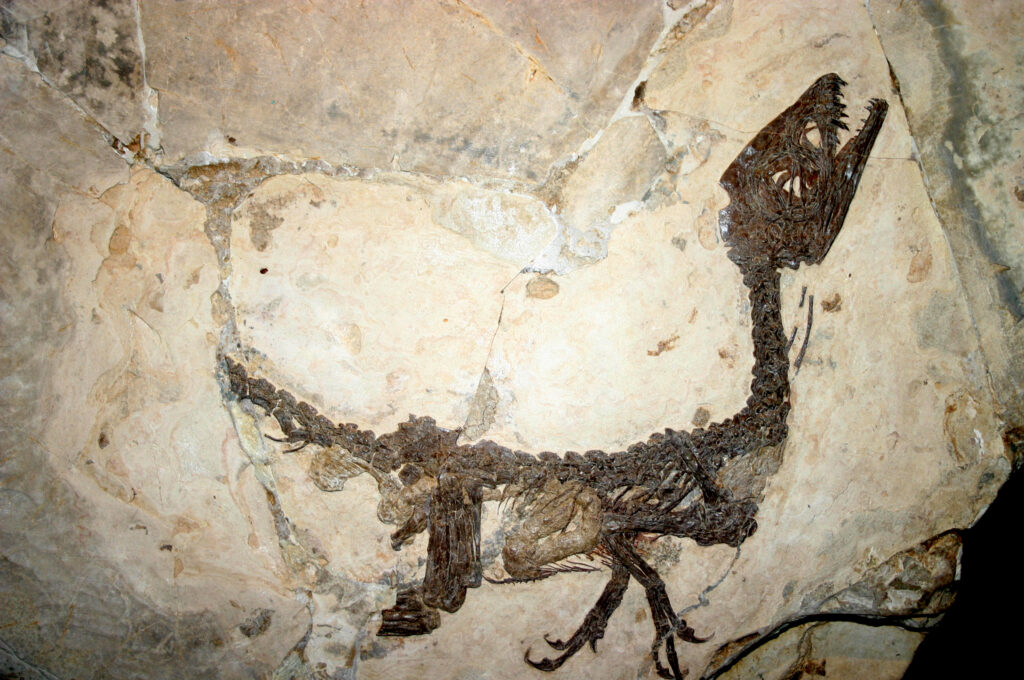
In rare cases, your backyard discovery might justify professional excavation, particularly if initial assessment suggests the presence of multiple fossils, articulated skeletons (bones in their original connected positions), or specimens of unusual scientific importance. Professional excavations employ systematic techniques that maximize information recovery, including careful documentation of each fossil’s position relative to others and surrounding geological features. These projects typically involve teams of paleontologists and trained volunteers working under scientific collection permits when required. If experts recommend excavation on your property, you’ll need to discuss logistical considerations, including property access, excavation scope and duration, and restoration plans for affected areas. While granting permission for scientific excavation means temporarily sacrificing use of portions of your property, it offers the opportunity to contribute significantly to scientific knowledge. Property owners who permit excavation often develop ongoing relationships with research institutions and may receive recognition in scientific publications resulting from discoveries on their land.
Conclusion

Finding a fossil in your backyard represents a tangible connection to Earth’s deep history and offers unique opportunities for personal discovery, scientific contribution, and community engagement. By following proper identification procedures, documenting your find thoroughly, seeking expert guidance, and understanding relevant legal considerations, you ensure that your discovery achieves its full potential value, whether that’s as a cherished personal keepsake, an educational resource for your community, or a significant addition to scientific knowledge. Remember that each fossil, however common or extraordinary, tells part of our planet’s story. Your careful stewardship of this natural heritage honors both the ancient life it represents and the generations of future discoverers who will continue unraveling Earth’s fascinating history.

